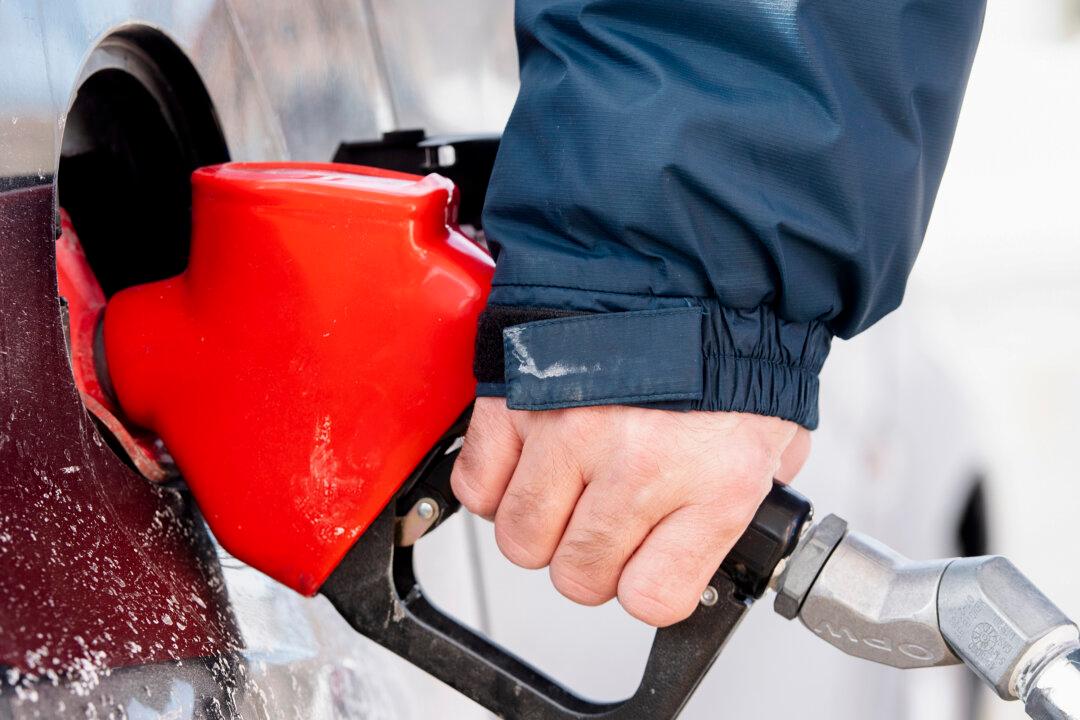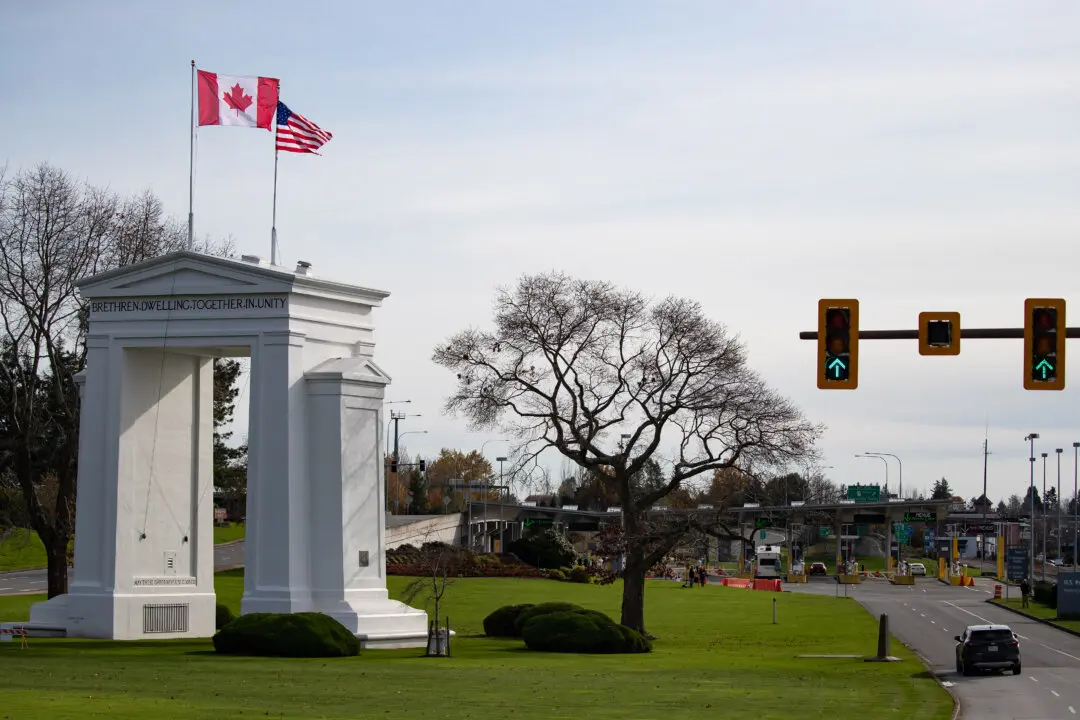If Canadians are already finding prices at the gas pump high, things will get more expensive after a “second carbon tax” hits in 2025, on top of the carbon tax hike in April, warns a consumer advocate.
Ottawa’s Clean Fuel Regulations (CFR) were introduced in July 2023, and are expected to impact Quebec, Ontario, Manitoba, Saskatchewan, and Alberta in 2025.





